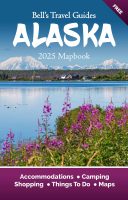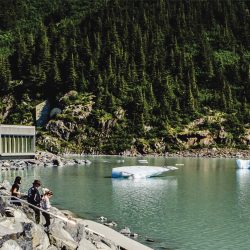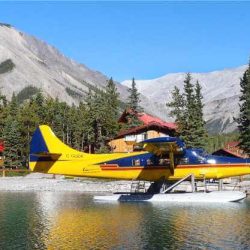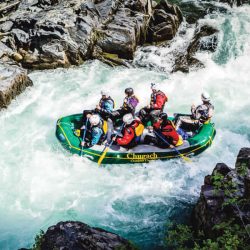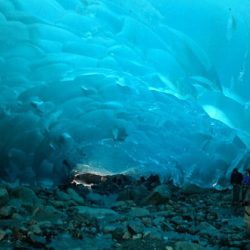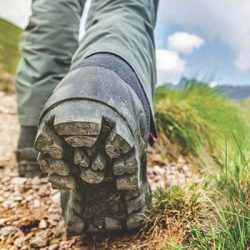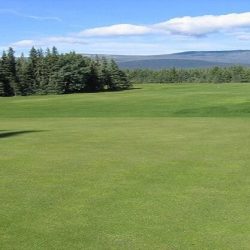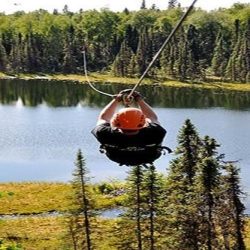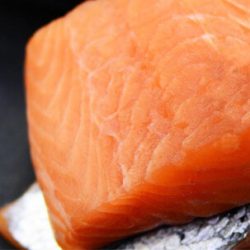Alaska Bore Tides: What are they and where to see them?
The famous Alaska Bore Tide takes place everyday in Turnagain Arm, a narrow branch off of Cook Inlet. This is the one of the only places in the United States to see a tidal bore wave. These bore tides take place every day, however, the wave size will vary in size and strength. The largest bore tides will occur only a few times each year, but you don’t need to witness a wall of water moving down Turnagain Arm to be impressed by this natural phenomenon.
What are Bore Tides?
Tidal bores are a natural phenomenon that occur when an incoming extra high tide meets an extreme minus tide in a large bay with a narrow inlet. This tidal phenomenon is called a ‘bore’ where a large continuous wave is formed by the meeting tides and this rushes into the narrow channel. Tidal bores vary in frequency, height and the distance they travel.
The wall of water that forms can range in size from quite small to large enough to surf. There are as many as 60 bore tides around the world, and the largest is in Qiantang River in China. Here, the bore tide has been known to reach up to 30 ft in height and travel up to 30 miles per hour.
The incoming bore tide in Alaska can see waves as large as 6 – 10 ft in height that take up to 5 hours to travel the length of Turnagain Arm. This is the most northern bore tide in the world, and possibly the most stunning, as it is surrounded by beautiful mountains with snow-capped peaks.
The largest bore tides usually occur around the spring and fall equinox, when there is a full moon or new moon. These conditions typically create the most extreme tides, which are needed to create large bore tide waves. After extreme minus tides, a large incoming tide will sweep over the mud flats of the inlet, creating a large, continuous waves.
Where in Alaska is the Bore Tide?
The famous Turnagain Arm bore tide can be found just south of Anchorage, Alaska’s largest city. Take the scenic Seward Highway south of the city where the highway will skirt the shores of Turnagain Arm for the next 40 miles.
Where is the best place to watch bore tides in Alaska?
Some of the best spots to view the bore tide in Alaska is from the highway pullouts along the Seward Highway. these include:
Beluga Point at Mile 110. This viewpoint is famous for watching the Beluga Whales frolicking in the waters off the point. Beluga Whales tend to come into Turnagain Arm after the bore tide to eat the salmon.
Indian Creek Viewpoint at Mile 103. There is a rest area at the end of the bridge over Indian Creek with views over Turnagain Arm
Bird Point at Mile 96.5. This viewpoint is up above the highway, and also gives a good panoramic view of the incoming bore tide.
Girdwood at Mile 90. The town of Girdwood was originally at the waters edge, but after the 1964 earthquake the town subsided into the waters of Turnagain Arm. The new town site was moved up the hill 2 miles.
The average time that the bore takes to travel to the key vantage points after low tide in Anchorage is approximate but can serve as a rough guide:
● Beluga Point: 1 hour 15 minutes
● Indian Point : 1 hour 30 minutes
● Bird Point: 2 hours 20 minutes
●Girdwood: 3 hours
For an accurate tidal bore tide schedule click here.
Discover an Amazing Alaska Itinerary
From 4 nights to 14 nights you’ll find an Incredible Alaska Itinerary!
Can you Surf a Bore Tide in Alaska?
Yes, you can definitely surf the bore tides in Alaska. But if you haven’t done it before you should hire an expert to take you out. There are a lot of unique challenges to riding the worlds longest wave! One of the local surf experts is T A Surf Co. They surf the Alaska bore tide regularly and know the ins and outs of catching this amazing surf wave.
One of the unique aspects of surfing a tidal bore is how long you can surf. It won’t be just minutes (or seconds) like a traditional wave, but it could be possible to surf a single wave for hours. The British surfer Steve King set the world record in 2013 when he surfed on the Bono Bore for a distance of 12.8 miles.
Although the first wave of the tidal bore is the most powerful and most exciting to surf, there are several after-waves and these are collectively known as the ‘wave train’.
How often does a Bore Tide happen?
The Turnagain tidal bore occurs at least once every day but most are just modestly-sized waves. The highest bore tides occur during the five days that surround a new or full moon on the days that coincide with the lowest tides. The other times when there are high bores are during the Spring and Autumn equinoxes (March and September). The afternoon tidal bores are usually the larger.
For full details of the timings and strengths of the Turnagain Bore for 2022 and whether it is suitable for surfing, visit:
How long are Bore Tides?
The length of bore waves vary but the Turnagain Arm Bore tide is about 50 miles in length and takes up to five hours to travel from the mouth of Turnagain Arm to the end of it.
Whether you are an experienced surfer or first time spectator, the Turnagain Arm Bore Tide is really impressive. You may even spot Harbor seals ‘riding the tide.’ Once the waters have deepened, Beluga Whales are attracted to feed on the rich fish stocks that have been brought in by the bore, so keep your eyes peeled for marine wildlife.
